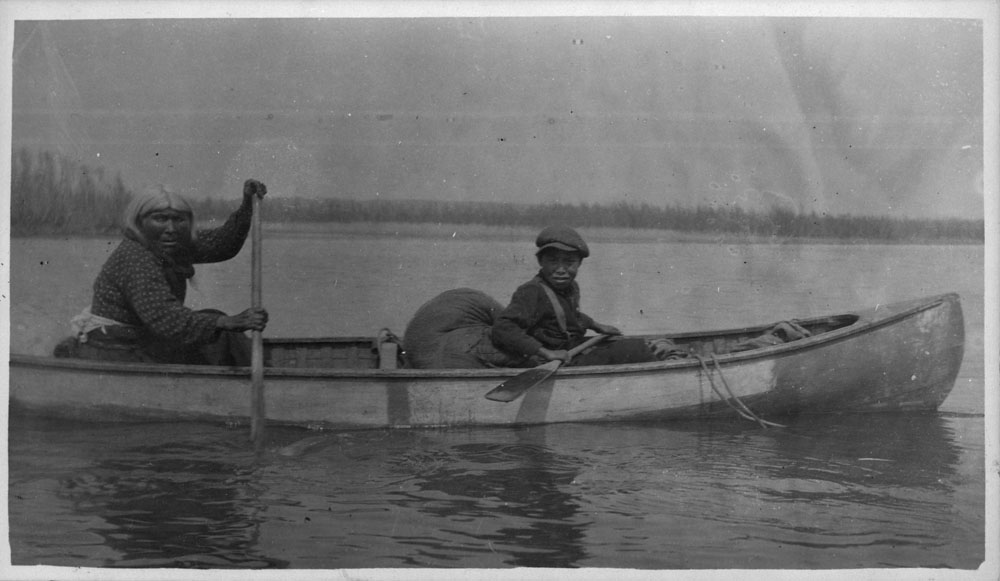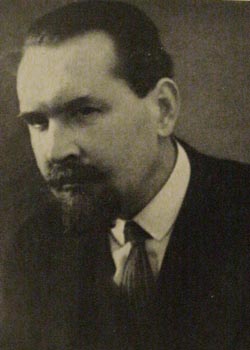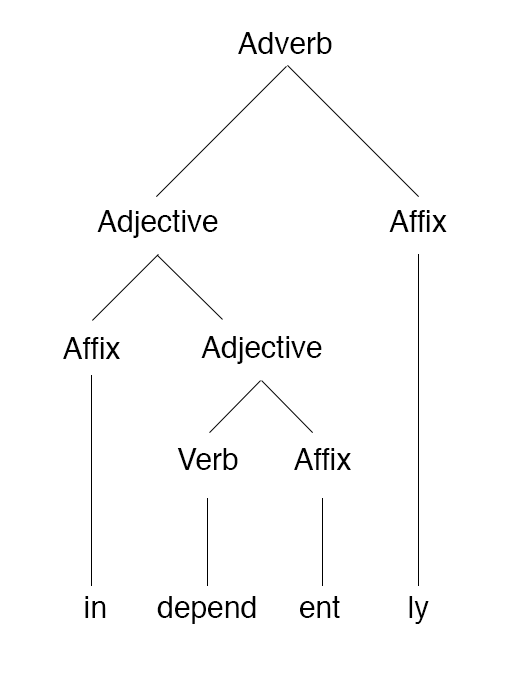|
Siri Tuttle
Siri Tuttle is the former director of the Alaska Native Language Center, the Alaska Native Language Archive, and a former Associate Professor of Linguistics at the University of Alaska, Fairbanks. She specializes in Dene (Athabascan) languages of interior Alaska and has contributed to the fields of acoustic phonetics, phonology, and morphology. She retired in 2021. Biography Tuttle started working an Associate Professor of Linguistics at the Alaska Native Language Center at the University of Alaska Fairbanks in 2003. She specializes in Dene (Athabascan) languages of interior Alaska and has contributed to the fields of acoustic phonetics, phonology, and morphology. In 2016, Tuttle was named director of the Alaska Native Language Archive. Research Tuttle is active in Lower Tanana language revitalization efforts, and has published reference materials such as the ''Benhti Kokht’ana Kenaga’: Lower Tanana Pocket Dictionary''. She is well known for her documentary and descripti ... [...More Info...] [...Related Items...] OR: [Wikipedia] [Google] [Baidu] |
Athabaskan Languages
Athabaskan (also spelled ''Athabascan'', ''Athapaskan'' or ''Athapascan'', and also known as Dene) is a large family of indigenous languages of North America, located in western North America in three areal language groups: Northern, Pacific Coast and Southern (or Apachean). Kari and Potter (2010:10) place the total territory of the 53 Athabaskan languages at . Chipewyan is spoken over the largest area of any North American native language, while Navajo is spoken by the largest number of people of any native language north of Mexico. ''Athebaskan '' is a version of a Cree name for Lake Athabasca ( crm, Āðapāskāw, script=Latn ' herethere are reeds one after another'), in Canada. Cree is one of the Algonquian languages and therefore not itself an Athabaskan language. The name was assigned by Albert Gallatin in his 1836 (written 1826) classification of the languages of North America. He acknowledged that it was his choice to use that name for the language family and its ... [...More Info...] [...Related Items...] OR: [Wikipedia] [Google] [Baidu] |
Alaska Native Language Center
The Alaska Native Language Center, established in 1972 in Fairbanks, Alaska, is a research center focusing on the research and documentation of the Native languages of Alaska. It publishes grammars, dictionaries, folklore collections and research materials, as well as hosting an extensive archive of written materials relating to Eskimo, North Athabaskan and related languages. The Center provides training, materials and consultation for educators, researchers and others working with Alaska Native languages. The closely affiliated Alaska Native Language Program offers degrees in Central Yup'ik and Inupiaq at the University of Alaska Fairbanks, and works toward the documentation and preservation of these languages. Language map In 1974, Michael Krauss published a language map of Alaska, which he later updated in 1982. It has remained the standard since then. In the summer of 2011, the Alaska Native Language Center made an update to Krauss's map. One of the biggest reasons for ... [...More Info...] [...Related Items...] OR: [Wikipedia] [Google] [Baidu] |
Alaska Native Language Archive
The Michael E. Krauss Alaska Native Language Archive (ANLA) in Fairbanks, Alaska, is an extensive repository for manuscripts and recordings documenting the Native Languages of Alaska. The Archive was created as part of the Alaska Native Language Center by state legislation in 1972. In 2009 the Archive was administratively separated and now exists as a sister organization to the Alaska Native Language Center, collaborating on numerous language efforts in Alaska. ANLA is part of the Alaska & Polar Regions Special Collections and Archives at the University of Alaska Fairbanks Rasmuson Library. It was officially renamed in honor of Michael E. Krauss at a dedication ceremony on February 22, 2013. ANLA is a member of the Open Language Archives Community and the Digital Endangered Languages and Musics Archiving Network. Dr. Siri Tuttle was appointed Director of ANLA in 2016.University of Alaska Fairbanks press release, July 21, 2016. https://news.uaf.edu/tuttle-named-alaska-native-l ... [...More Info...] [...Related Items...] OR: [Wikipedia] [Google] [Baidu] |
University Of Alaska, Fairbanks
The University of Alaska Fairbanks (UAF or Alaska) is a public land-grant research university in College, Alaska, a suburb of Fairbanks. It is the flagship campus of the University of Alaska system. UAF was established in 1917 and opened for classes in 1922. Originally named the Alaska Agricultural College and School of Mines, it became the University of Alaska in 1935. Fairbanks-based programs became the University of Alaska Fairbanks in 1975. UAF is classified among "R2: Doctoral Universities – High research activity." It is home to several major research units, including the Agricultural and Forestry Experiment Station; the Geophysical Institute, which operates the Poker Flat Research Range and several other scientific centers; the Alaska Center for Energy and Power; the International Arctic Research Center; the Institute of Arctic Biology; the Institute of Marine Science; and the Institute of Northern Engineering. Located just 200 miles (320 km) south of the A ... [...More Info...] [...Related Items...] OR: [Wikipedia] [Google] [Baidu] |
Dene
The Dene people () are an indigenous group of First Nations who inhabit the northern boreal and Arctic regions of Canada. The Dene speak Northern Athabaskan languages. ''Dene'' is the common Athabaskan word for "people". The term "Dene" has two usages. More commonly, it is used narrowly to refer to the Athabaskan speakers of the Northwest Territories and Nunavut in Canada, especially including the Chipewyan (Denesuline), Tlicho (''Dogrib''), Yellowknives (T'atsaot'ine), Slavey (Deh Gah Got'ine or Deh Cho), and Sahtu (the Eastern group in Jeff Leer's classification; part of the Northwestern Canada group in Keren Rice's classification). However, it is sometimes also used to refer to all Northern Athabaskan speakers, who are spread in a wide range all across Alaska and northern Canada. The Southern Athabaskan speakers, however, also refer to themselves by similar words: Diné (Navajo) and Indé (Apache). Location Dene are spread through a wide region. They live in t ... [...More Info...] [...Related Items...] OR: [Wikipedia] [Google] [Baidu] |
Acoustic Phonetics
Acoustic phonetics is a subfield of phonetics, which deals with acoustic aspects of speech sounds. Acoustic phonetics investigates time domain features such as the mean squared amplitude of a waveform, its duration, its fundamental frequency, or frequency domain features such as the frequency spectrum, or even combined spectrotemporal features and the relationship of these properties to other branches of phonetics (e.g. articulatory or auditory phonetics), and to abstract linguistic concepts such as phonemes, phrases, or utterances. The study of acoustic phonetics was greatly enhanced in the late 19th century by the invention of the Edison phonograph. The phonograph allowed the speech signal to be recorded and then later processed and analyzed. By replaying the same speech signal from the phonograph several times, filtering it each time with a different band-pass filter, a spectrogram of the speech utterance could be built up. A series of papers by Ludimar Hermann published ... [...More Info...] [...Related Items...] OR: [Wikipedia] [Google] [Baidu] |
Phonology
Phonology is the branch of linguistics that studies how languages or dialects systematically organize their sounds or, for sign languages, their constituent parts of signs. The term can also refer specifically to the sound or sign system of a particular language variety. At one time, the study of phonology related only to the study of the systems of phonemes in spoken languages, but may now relate to any linguistic analysis either: Sign languages have a phonological system equivalent to the system of sounds in spoken languages. The building blocks of signs are specifications for movement, location, and handshape. At first, a separate terminology was used for the study of sign phonology ('chereme' instead of 'phoneme', etc.), but the concepts are now considered to apply universally to all human languages. Terminology The word 'phonology' (as in 'phonology of English') can refer either to the field of study or to the phonological system of a given language. This is one ... [...More Info...] [...Related Items...] OR: [Wikipedia] [Google] [Baidu] |
Morphology (linguistics)
In linguistics, morphology () is the study of words, how they are formed, and their relationship to other words in the same language. It analyzes the structure of words and parts of words such as stems, root words, prefixes, and suffixes. Morphology also looks at parts of speech, intonation and stress, and the ways context can change a word's pronunciation and meaning. Morphology differs from morphological typology, which is the classification of languages based on their use of words, and lexicology, which is the study of words and how they make up a language's vocabulary. While words, along with clitics, are generally accepted as being the smallest units of syntax, in most languages, if not all, many words can be related to other words by rules that collectively describe the grammar for that language. For example, English speakers recognize that the words ''dog'' and ''dogs'' are closely related, differentiated only by the plurality morpheme "-s", only found bound to ... [...More Info...] [...Related Items...] OR: [Wikipedia] [Google] [Baidu] |
Lower Tanana Language
Lower Tanana (also Tanana and/or Middle Tanana) is an endangered language spoken in Interior Alaska in the lower Tanana River villages of Minto and Nenana. Of about 380 Tanana people in the two villages, about 30 still speak the language. As of 2010, “Speakers who grew up with Lower Tanana as their first language can be found only in the 250-person village of Minto.” It is one of the large family of Athabaskan languages, also known as Dené. The Athabaskan (or Dené) bands who formerly occupied a territory between the Salcha and the Goodpaster rivers spoke a distinct dialect that linguists term the Middle Tanana language. Dialects *Toklat area dialect (') *Minto Flats-Nenana River dialect: Minto (') and Nenana (') *Chena River dialect: Chena Village () *Salcha River dialect: Salcha () Vocabulary samples * “man” * “woman” * “my grandfather” * “my grandmother” * “clan” * “mountain” * “black bear” * "brown bear" * “caribou” * “dog” * � ... [...More Info...] [...Related Items...] OR: [Wikipedia] [Google] [Baidu] |
Ahtna Language
Ahtna or Ahtena (, from'' ''"Copper River") is the Na-Dené language of the Ahtna ethnic group of the Copper River area of Alaska. The language is also known as Copper River or Mednovskiy. The Ahtna language consists of four different dialects: Upper, Central, Lower, and Western. Three of the four are still spoken today. Ahtna is closely related to Dena'ina. The similar name Atnah occurs in the journals of Simon Fraser and other early European diarists in what is now British Columbia as a reference to the Tsilhqot'in people, another Northern Athapaskan group. Classification Eyak-Athabaskan, Athabaskan, Northern Athabaskan. History Ahtna is one of the eleven Athabaskan languages native to Alaska. The Ahtna language comes from the proto-Athabaskan language possibly evolving 5,000 to 10,000 years ago when humans migrated from Eurasia to The New World over the Bering Sea floor (Beringia) when it was dried up and exposed creating a natural land bridge. Many indigenous Nati ... [...More Info...] [...Related Items...] OR: [Wikipedia] [Google] [Baidu] |
Linguists Of Na-Dene Languages
Linguistics is the scientific study of human language. It is called a scientific study because it entails a comprehensive, systematic, objective, and precise analysis of all aspects of language, particularly its nature and structure. Linguistics is concerned with both the cognitive and social aspects of language. It is considered a scientific field as well as an academic discipline; it has been classified as a social science, natural science, cognitive science,Thagard, PaulCognitive Science, The Stanford Encyclopedia of Philosophy (Fall 2008 Edition), Edward N. Zalta (ed.). or part of the humanities. Traditional areas of linguistic analysis correspond to phenomena found in human linguistic systems, such as syntax (rules governing the structure of sentences); semantics (meaning); morphology (structure of words); phonetics (speech sounds and equivalent gestures in sign languages); phonology (the abstract sound system of a particular language); and pragmatics (how social co ... [...More Info...] [...Related Items...] OR: [Wikipedia] [Google] [Baidu] |
University Of Alaska Fairbanks Faculty
A university () is an institution of higher (or tertiary) education and research which awards academic degrees in several academic disciplines. ''University'' is derived from the Latin phrase ''universitas magistrorum et scholarium'', which roughly means "community of teachers and scholars". Universities typically offer both undergraduate and postgraduate programs. The first universities in Europe were established by Catholic Church monks. The University of Bologna (), Italy, which was founded in 1088, is the first university in the sense of: *being a high degree-awarding institute. *using the word ''universitas'' (which was coined at its foundation). *having independence from the ecclesiastic schools and issuing secular as well as non-secular degrees (with teaching conducted by both clergy and non-clergy): grammar, rhetoric, logic, theology, canon law, notarial law.Hunt Janin: "The university in medieval life, 1179–1499", McFarland, 2008, , p. 55f.de Ridder-Symoens, Hilde' ... [...More Info...] [...Related Items...] OR: [Wikipedia] [Google] [Baidu] |


